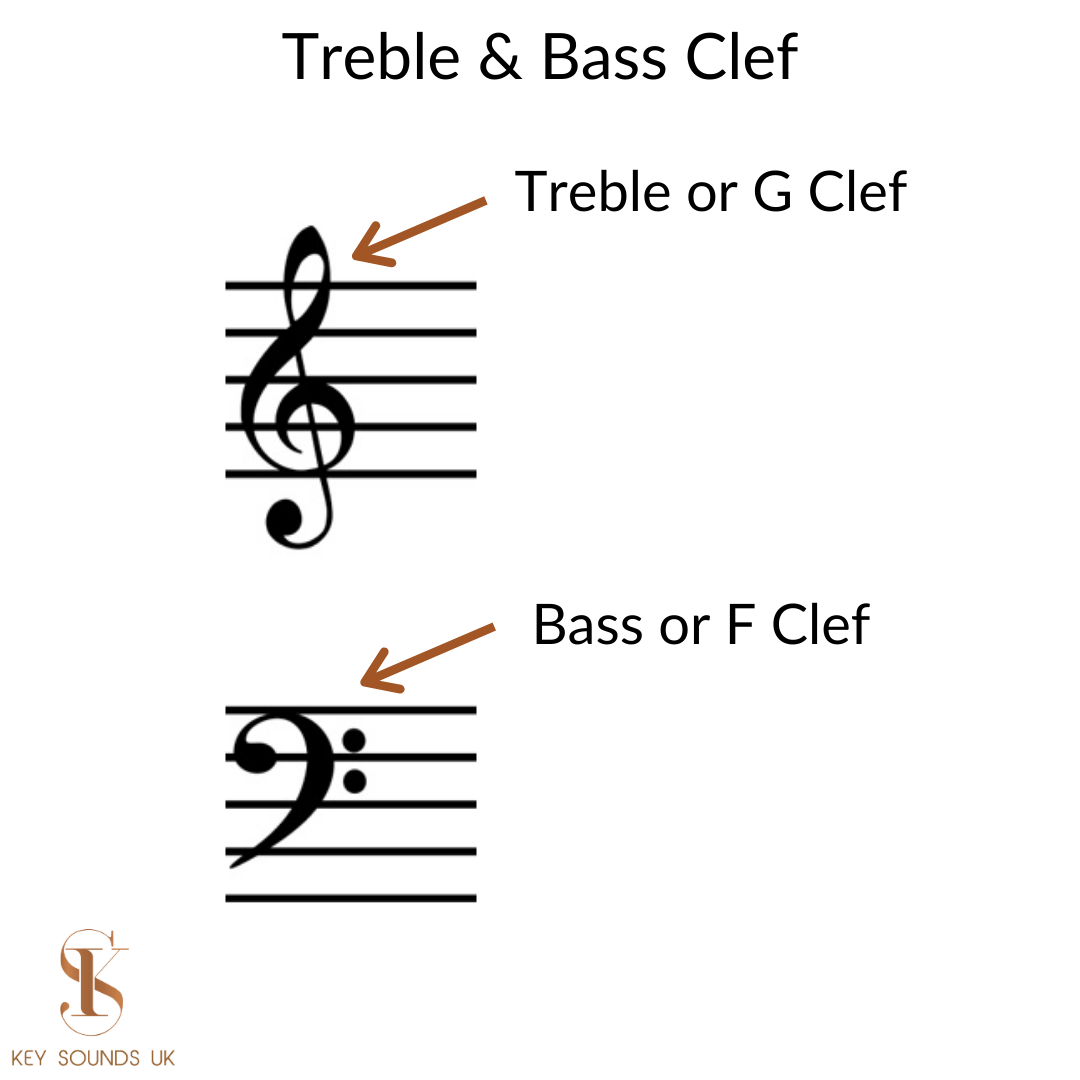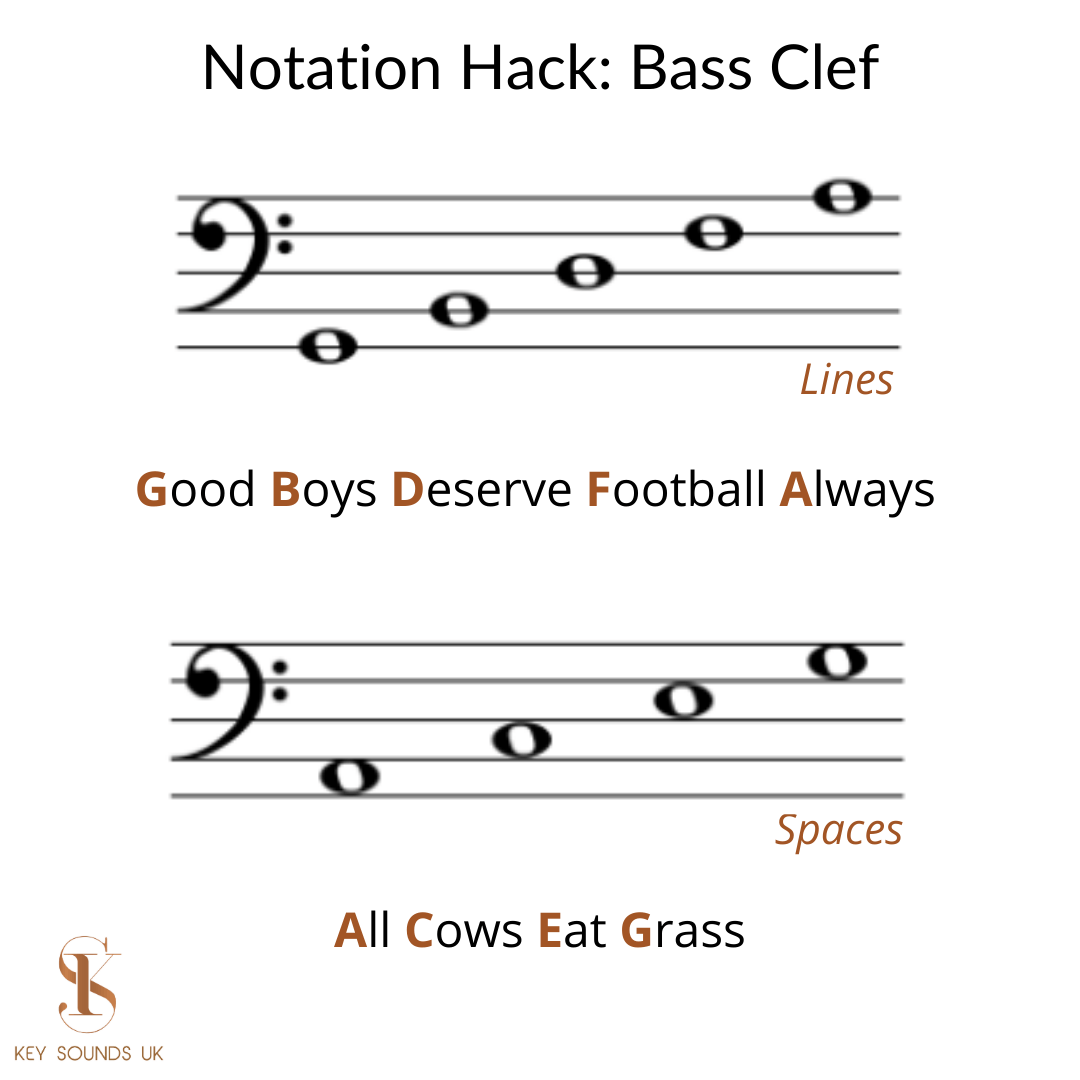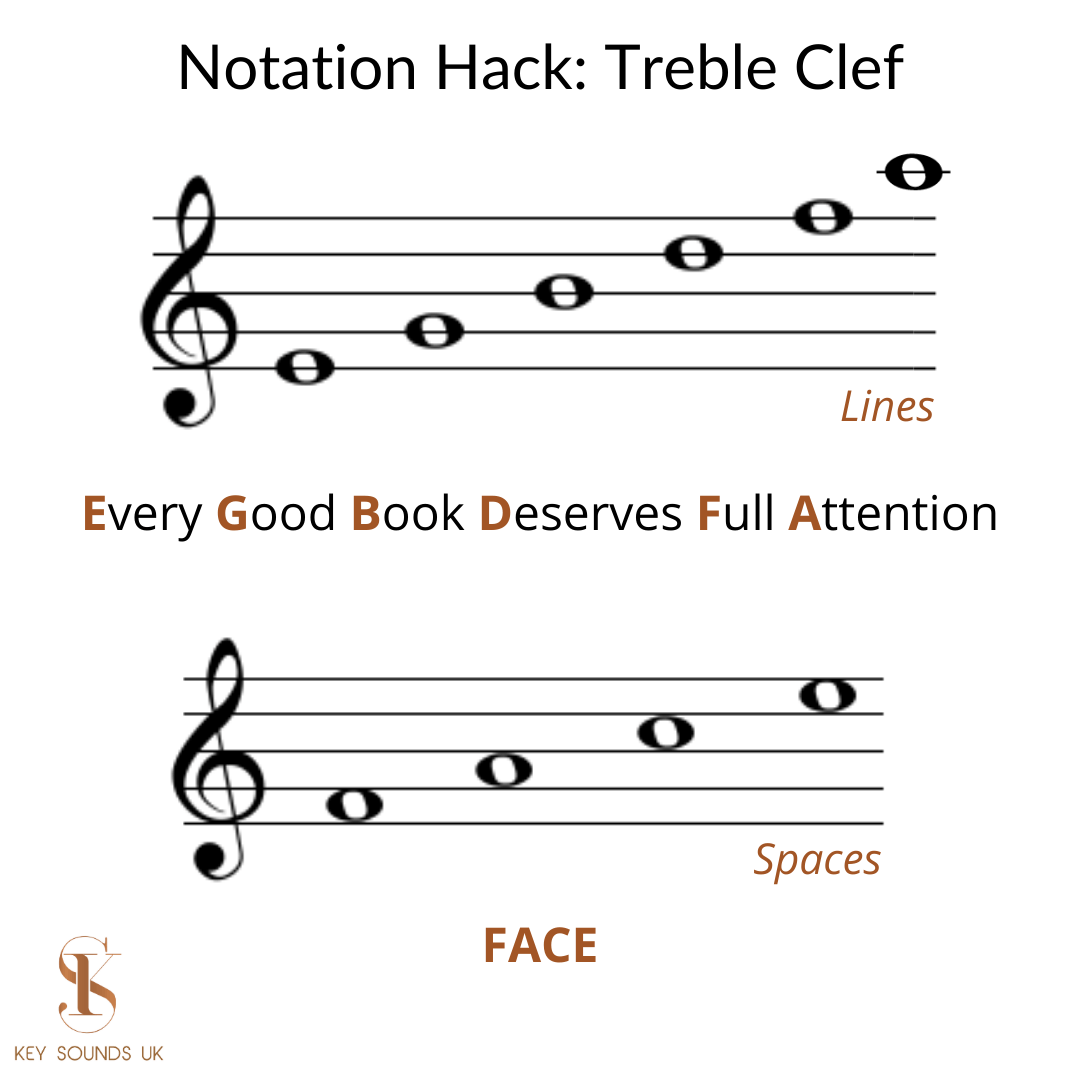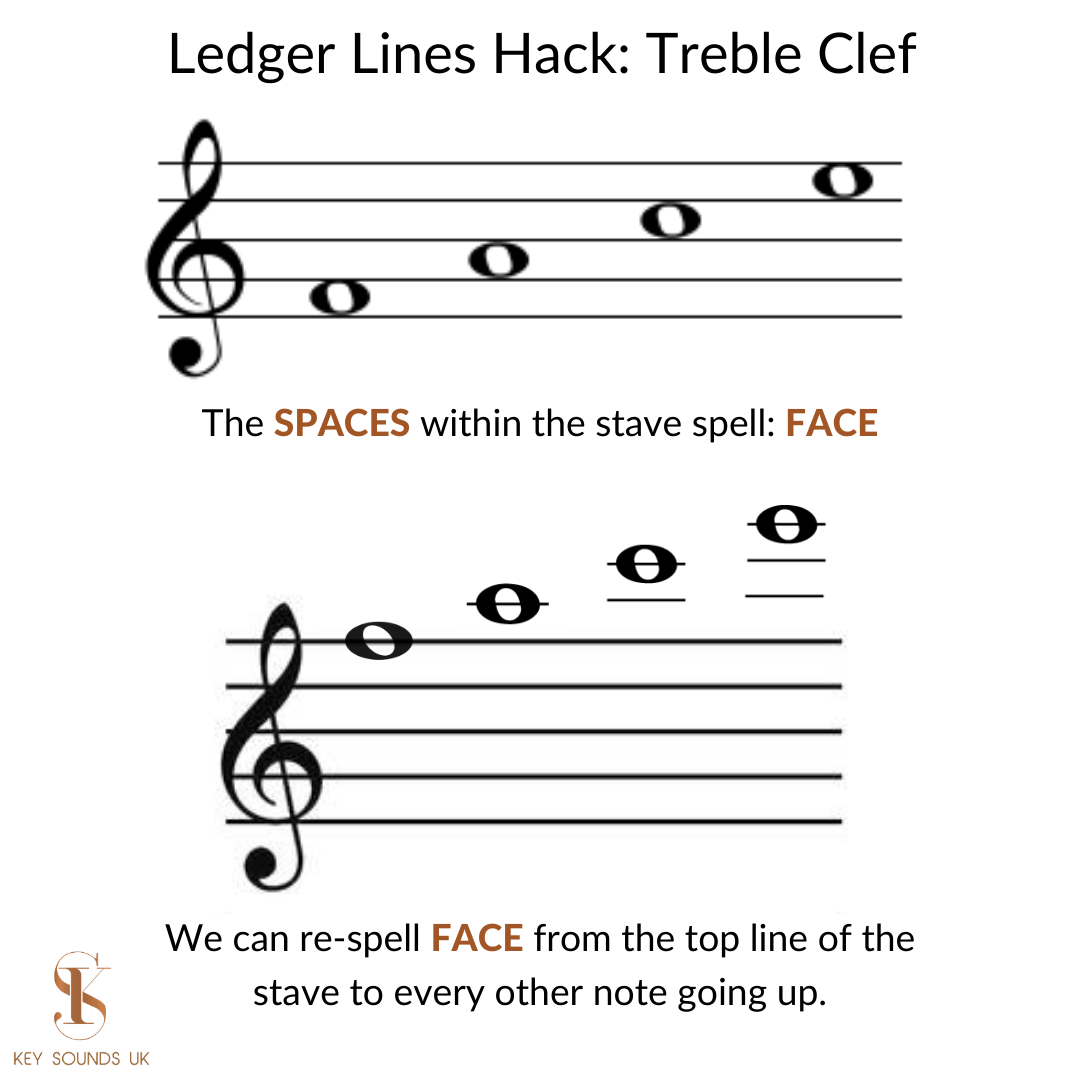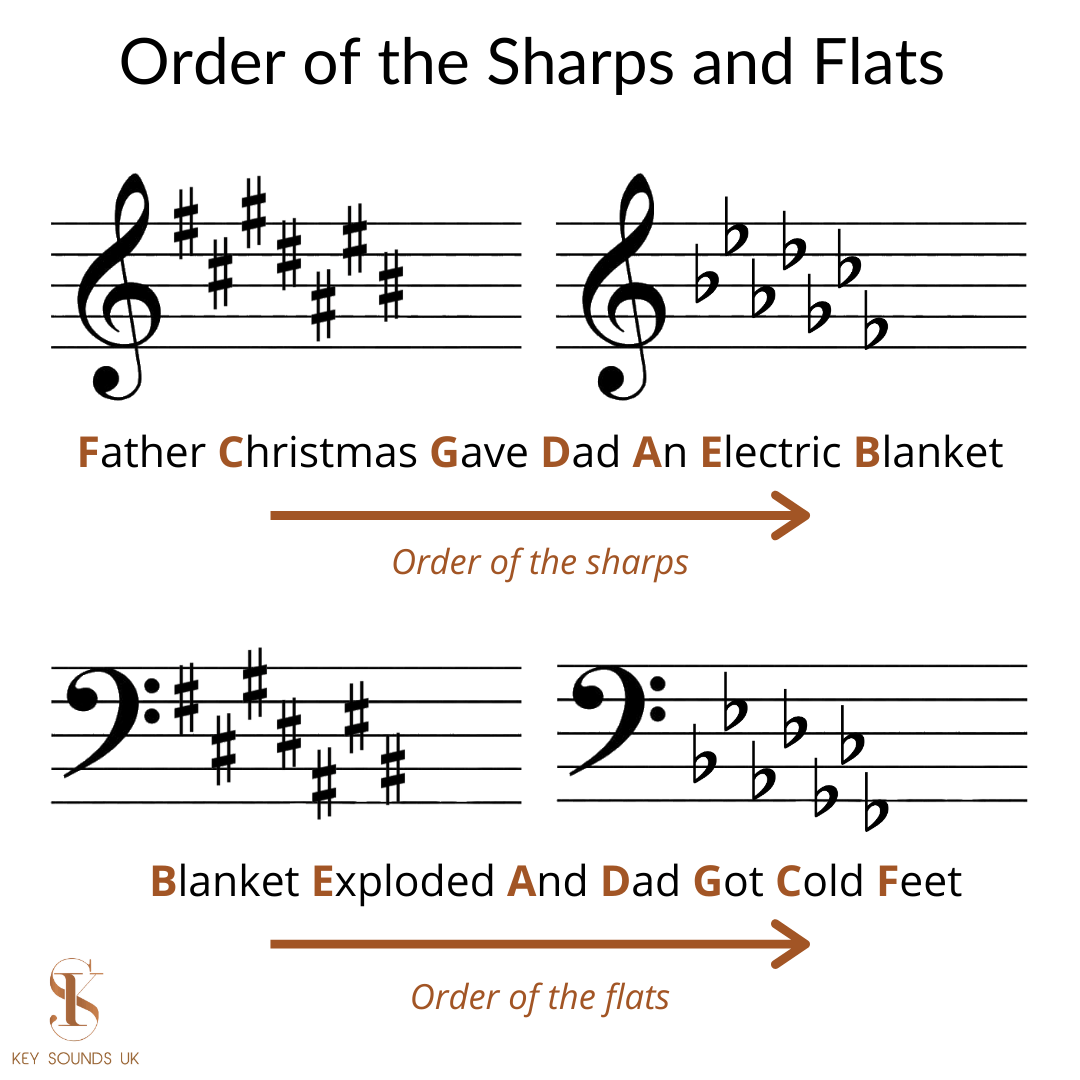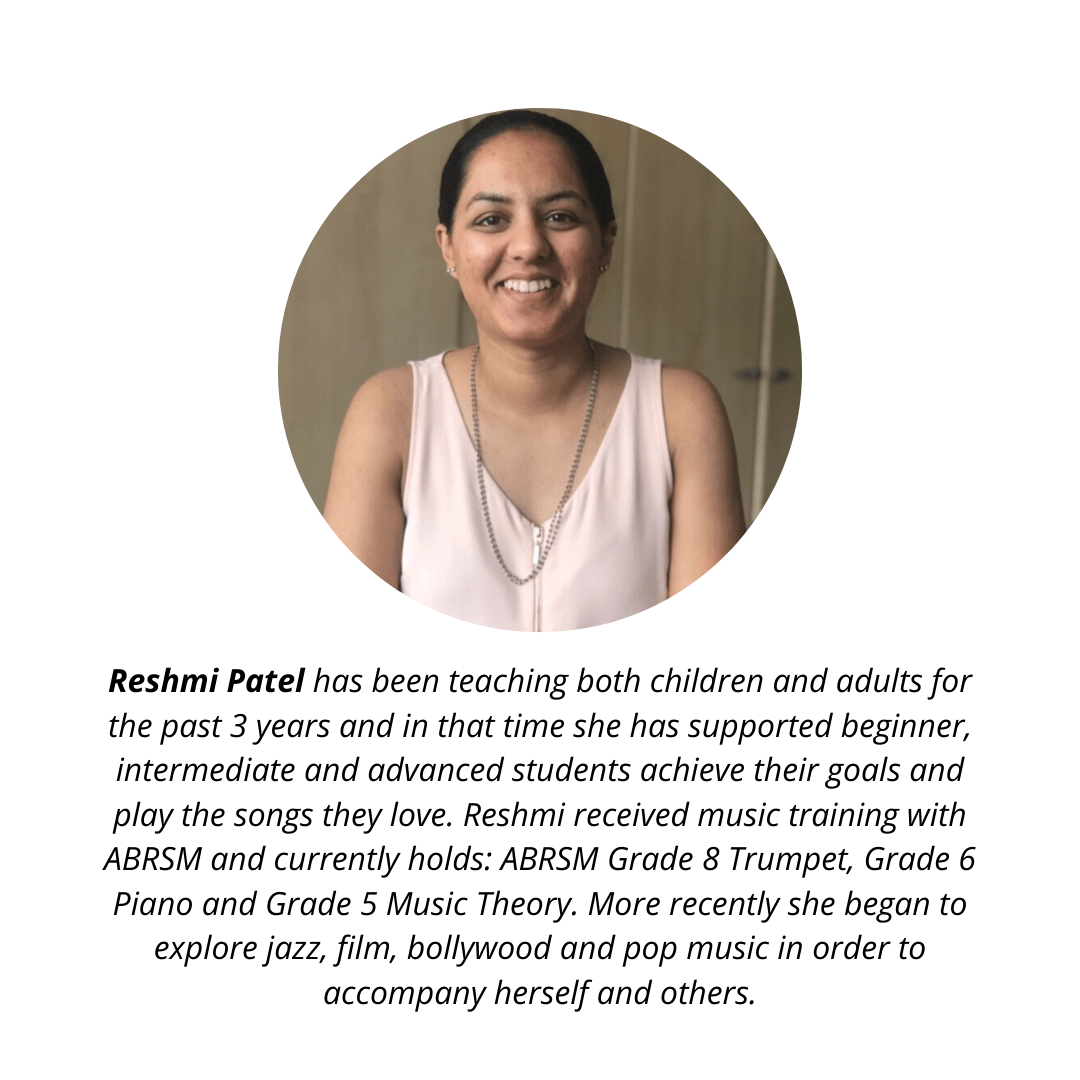Reshmi Patel • July 16, 2020
How to Read Sheet Music Faster
One of the greatest gifts a music student can receive is the gift of independence. To be able to pick up a song of their choice and having the skills to learn and play this at their own pace opens up a lifetime of both enjoyment and expression. In this blog post we’ll provide you with practical tips to ultimately help you read sheet music faster.
1. Stickers for your keys
Image: Amazon, Yuccer Piano Stickers
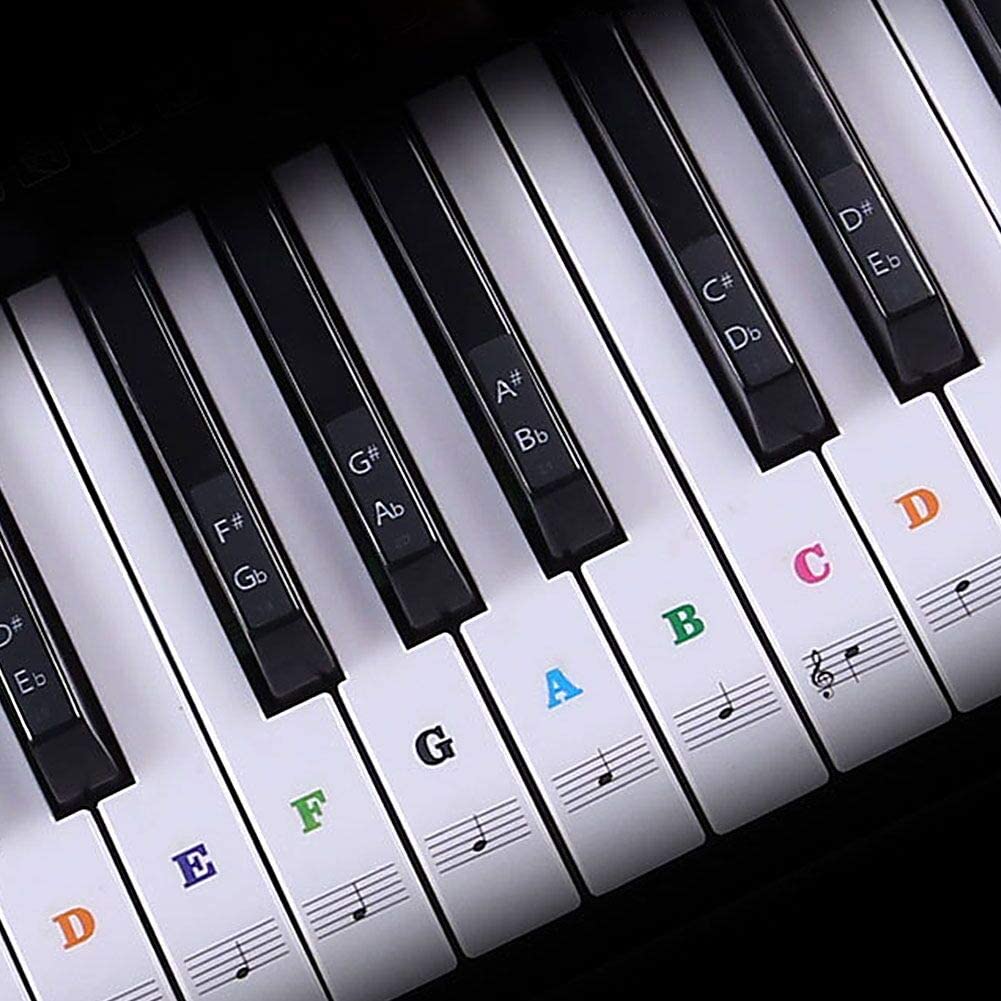
Although we don’t recommend this to everyone, for beginners who are really struggling to understand their keyboard geography*, we recommend they purchase piano stickers which can be stuck onto the individual keys. This will allow students to cross check reading their hand position with the music at a faster pace.
*Keyboard geography is how efficiently we can navigate the layout of the piano keys with the sheet music.
2. Treble Clef and Bass Clef
The Treble Clef can also be called the ‘G Clef’. This is because the first curve at the bottom crosses the letter G line which is found on the second line up on the stave.
Similarly, the Bass Clef can also be called the ‘F Clef’. This is because the large dot on the left-hand side of the clef where we would begin to draw the clef is on the second line down on the stave which is where we would find letter F on the music.
We can therefore use both of the alternative names of these clefs to work out notes on our music that are closer to them, as supposed to working them out from Middle C, which would take a longer period of time.
3. Treble/Bass Clef Acronyms
In music, there are several acronyms which can help us remember the pattern of the notes within the spaces and lines on the music.
For example, in between the Treble Clef spaces we can spell the word: ‘face’. In between the Treble Clef lines, we have the acronym: ‘Every Good Boy Deserves Football.’
In between the Bass Clef spaces we have an acronym which reads: ‘All Cows Eat Grass.’ In between the Bass Clef lines we have another acronym which reads: ‘Good Books Deserve Full Attention’.
4. Ledger Lines
Ledger lines are notes which are written below or above the stave.
Sometimes reading ledger lines can feel quite daunting but it’s important to bare in mind that the same patterns and rules apply when travelling from a line to a space on the music.
If we remember from section three of this article, the Treble Clef spaces spell the word ‘face’. We can also re-spell the word ‘face’ if we begin from the top line of the stave and ascend upwards on the music.
For most of us, we don’t tend to read ledger lines as frequently as the notes within or not too far out from the stave, so we may struggle to read ledger lines as fluently. However, using this hack will help you become more familiar with notes with the ledger lines faster!
5. Memorise Key Signatures
Finally, in order to read more complex music faster, you’ll need to learn and understand key signatures.
Key signatures tell us which flats and sharps we have in a scale, exercise or piece of music, rather than writing out the individual sharps or flats next to the notes.**
In the illustrations above you’ll find acronyms which will help you learn and memorise the order of the flats and sharps within key signatures and how they appear within the music.
**Writing a sharp, flat or natural sign directly next to a note in a scale, exercise or piece is known as an ‘accidental.’
Remember that when you are trying out these hacks to look at them little and often but also be patient with yourself. If you wish to know more about these hacks and resources, feel free to take a look around our website or connect with us directly.

Music theory is the foundation of great piano playing. Here are the essential concepts every beginner should know: 1. Notes and the Musical Alphabet Music consists of 12 notes: A, B, C, D, E, F, G, and their sharps and flats. Learning the notes on the keyboard is the first step. 2. Understanding Rhythm and Time Signatures Time signatures tell you how many beats are in each measure. The most common is 4/4 time, where each measure has four beats. 3. Chords and Scales Scales build finger strength and understanding of key signatures, while chords provide harmonic structure. Start with major and minor scales, then move to simple triads. 4. Intervals and Ear Training Intervals (the distance between two notes) help with sight-reading and ear training, allowing you to recognize harmonies in music. 5. Reading Sheet Music Learning how to read notes on the staff will allow you to play a wider variety of music and become more independent as a pianist. 6. Applying Theory to Playing Understanding theory isn’t just academic - it helps you improvise, compose, and interpret music more expressively. By mastering these basics, you’ll build a solid foundation for piano success! Get in touch to find out more information here: www.keysoundsuk.com/contact

Learning to play the piano is more than just mastering an instrument, it’s a skill that can enrich your life in countless ways. Whether you dream of a full-time career in music, a side gig performing or teaching, or simply want to enjoy playing as a hobby, the piano offers lifelong benefits. Here’s why sticking with piano practice, whether you’re a beginner or an intermediate player, is always a great idea. 1. Opens Doors to Musical Career Opportunities If you’re passionate about music, learning the piano can lead to exciting career paths. You could become a professional musician, a music teacher, an accompanist, or even a composer. With dedication and practice, the piano can be a stepping stone to a fulfilling career in the music industry. 2. A Side Gig with Endless Possibilities Even if you don’t pursue music full-time, piano skills can provide additional income opportunities. You could play at events, teach lessons part-time, or collaborate with other musicians. Having a musical side gig can be both financially and personally rewarding. 3. Enhances Cognitive and Emotional Well-Being Studies show that playing the piano improves memory, coordination, and concentration. It also serves as a creative and emotional outlet, helping to relieve stress and boost overall mental well-being. 4. Builds Confidence and Discipline Learning piano requires patience, practice, and perseverance. As you progress, you’ll develop confidence in your abilities and a sense of achievement that carries over into other areas of life. 5. Lifelong Enjoyment as a Hobby Even if you never perform professionally, playing the piano is a rewarding lifelong hobby. Whether you’re playing for yourself, family, or friends, music brings joy and relaxation at any age. 6. Social and Collaborative Opportunities Piano playing isn’t just a solo activity. You can join bands, accompany singers, or participate in community events. Music fosters connections and brings people together in meaningful ways. Whether you pursue piano as a career, a side gig, or a hobby, the benefits are undeniable. From cognitive growth to creative expression, piano playing is a skill that stays with you for life. Keep practicing, stay motivated, and enjoy the journey because every note you play adds value to your life. Get in touch to find out more information here: www.keysoundsuk.com/contact
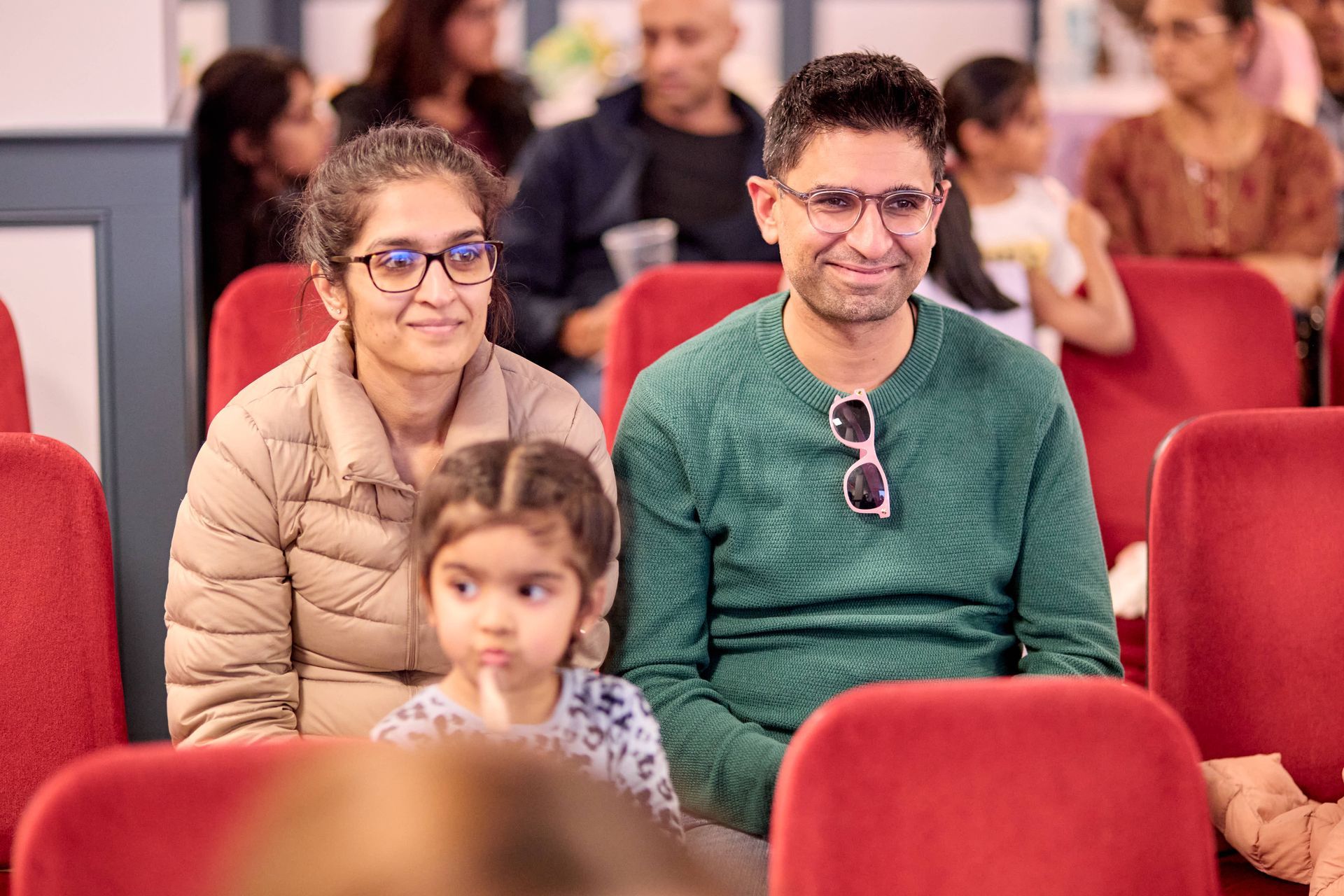
Many people hesitate to learn piano due to common myths that discourage them. Let’s debunk these misconceptions and show why anyone can succeed at playing piano. 1. "You Need to Start as a Child to Be Good" While starting young has advantages, adults can learn just as effectively with consistent practice and the right approach. Many adult beginners achieve great results by setting structured goals. 2. "You Must Have Natural Talent to Play Well" Talent helps, but piano playing is a skill that improves with practice. Even professional musicians rely more on dedication than raw talent. 3. "Learning to Read Music Is Too Hard" Reading sheet music may seem daunting at first, but it’s like learning a new language. With step-by-step guidance and regular practice, anyone can master it. 4. "You Need an Expensive Piano to Learn Properly" A high-end piano is nice, but not necessary. A simple digital keyboard with weighted keys is enough to build skills and technique. 5. "Practicing for Hours Every Day Is Required to Improve" Quality matters more than quantity. Short, focused practice sessions (20–30 minutes) with proper technique yield better results than mindless repetition. By breaking these myths, more people can confidently start their piano journey and enjoy the process! Get in touch to find out more information here: www.keysoundsuk.com/contact

